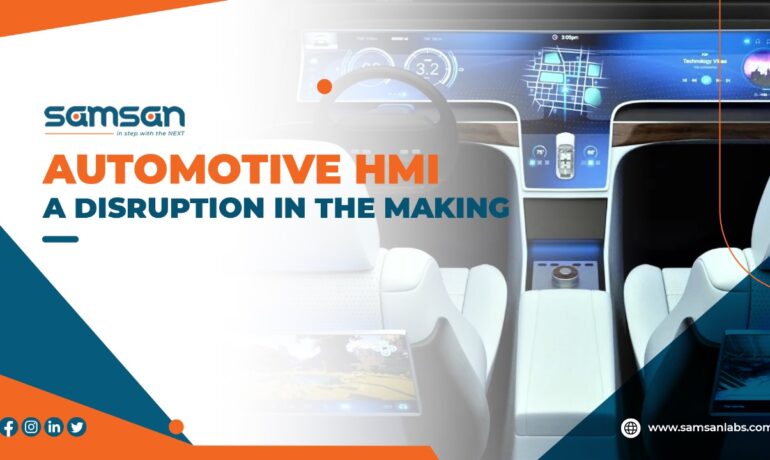Demystifying Generative AI: Models and Applications
ChatGPT, a powerful Generative Pre-trained Transformer, has captured widespread interest since Open AI introduced it for testing in November 2022. As a free chatbot, ChatGPT possesses the remarkable ability to generate human-like responses to a diverse array of questions. Operating on the foundation of a large language model (LLM), it has been meticulously trained on an extensive dataset, including sources like Wikipedia, scholarly articles, research papers, news, books, and documentation. It’s crucial to understand that ChatGPT doesn’t conduct internet searches; instead, it formulates responses based on its training data. It’s important to note that ChatGPT is bound by the data available at the time of its training. If you inquire about recent events, it may lack the necessary information. While ChatGPT is capable of delivering accurate responses, it’s not infallible. Users are encouraged to employ their critical thinking and research skills to validate the information it provides. Presently, ChatGPT operates on the GPT-3.5 model, with ChatGPT Plus utilizing GPT-4, offering faster responses, internet plugins, and increased proficiency in handling complex tasks. According to a Business Insider survey, ChatGPT and generative AI are predicted to impact various professions, including technology, media, legal, market research, education, finance, design, accounting, and customer service. Generative AI models The landscape of generative AI comprises various models, each with its unique approach to content generation. Generative Adversarial Networks: Introduced by Ian Goodfellow in 2014, GANs engage two neural networks—the generator and discriminator—in an adversarial contest. This dynamic creates a zero-sum game where one network’s gain is the other’s loss. GANs have proven successful in generating convincing content by refining the interplay between their generator and discriminator networks. Variational Autoencoders: VAEs are generative models that encode and decode data in a latent space, allowing them to reconstruct the original data. Widely used in image generation tasks, VAEs extend their application to text and audio generation. Transformer-based Models: Transformers, exemplified by the GPT series, have gained prominence in natural language processing. Leveraging attention mechanisms, transformers effectively model relationships in sequences, making them adept at generating coherent and contextually relevant text. Reinforcement Learning for Generative Tasks: Reinforcement learning is applied to generative tasks, where an agent learns to generate data by interacting with an environment and receiving feedback. This approach refines generated content based on user feedback. Diffusion Models: Operating on the principle of destroying and recovering data through the addition of Gaussian noise, diffusion models have gained attention for their state-of-the-art image quality. Notably, they do not require adversarial training. Applications of Generative AI Generative AI holds vast potential across industries, fostering creativity and innovation. Its applications range from synthetic data generation to product development, design optimization, and its crucial role in the automotive industry, particularly in Software-Defined Vehicles (SDVs). Generative AI in Synthetic Data: Synthetic data, artificially created to mimic real-world data, finds applications in privacy protection, availability, control over data properties, cost-effectiveness, and reproducibility. Generative AI plays a pivotal role in generating synthetic data based on learned patterns. Product Development and Design: Generative AI streamlines product development by exploring numerous design options efficiently. It analyzes various parameters like operation, weight, structural strength, and material use efficiency to produce optimal designs, often exceeding human-generated alternatives. Generative design of parts: Industries, such as manufacturing, automotive, aerospace, and defense, leverage generative AI to design optimized parts meeting specific goals and constraints. This includes considerations like performance, materials, and manufacturing methods. Generative AI in Automotive Industry: The automotive industry’s shift toward Software-Defined Vehicles (SDVs) is complemented by Generative AI. It aids in creating and optimizing software and control systems, allowing engineers to focus on innovation rather than grappling with evolving technological complexities. Autonomous driving and safety concerns: Generative AI plays a pivotal role in enhancing safety in autonomous vehicles. Simulating realistic driving scenarios, it contributes to refining algorithms, making the user experience safer and smoother. Dependency on other AI Domains: Generative AI operates within a broader AI ecosystem, collaborating with other methodologies like reinforcement learning and supervised learning. This synergy expands its capabilities, opening avenues for innovative applications in areas such as video games and medical simulations. Generative AI predictions by Gartner Gartner predicts significant advancements in generative AI by 2025, with potential impacts on procedural code work, outbound marketing messages, material in quarterly reports, test data from consumer-facing use cases, drug development, and product development efficiency. These predictions reflect the transformative potential of generative AI across diverse domains. Conclusion In conclusion, the evolution of generative AI, exemplified by ChatGPT and various models, marks a significant stride in the realm of artificial intelligence. The capabilities of these models, ranging from Generative Adversarial Networks (GANs) to Transformer-based models, have unveiled new horizons across industries. As we navigate this landscape, it’s essential to recognize both the potential and limitations of generative AI. ChatGPT, with its GPT-3.5 model and the advanced ChatGPT Plus using GPT-4, showcases the continuous refinement in response generation, offering faster responses and expanded capabilities. The impact of generative AI on diverse professions, as indicated by industry surveys, underscores its transformative influence. From technology and media to legal, education, and beyond, the ripple effect is tangible. Looking ahead, the predictions by Gartner paint a picture of generative AI becoming an integral part of procedural workflows, marketing strategies, data generation practices, and even shaping the landscape of drug development. Generative AI’s applications, from synthetic data generation to product design and its role in safety enhancement for autonomous vehicles, underscore its versatility. As it collaborates with other AI methodologies, the synergies pave the way for innovative applications, promising a future where creativity and efficiency are augmented by the power of generative AI. In the years to come, as generative AI continues to evolve, its influence is poised to extend further, unlocking new possibilities and redefining the way we approach complex tasks and creative endeavors. Embracing these advancements with a discerning eye and an appreciation for the symbiotic relationship between human intuition and artificial creativity will undoubtedly shape the future landscape of generative AI.



